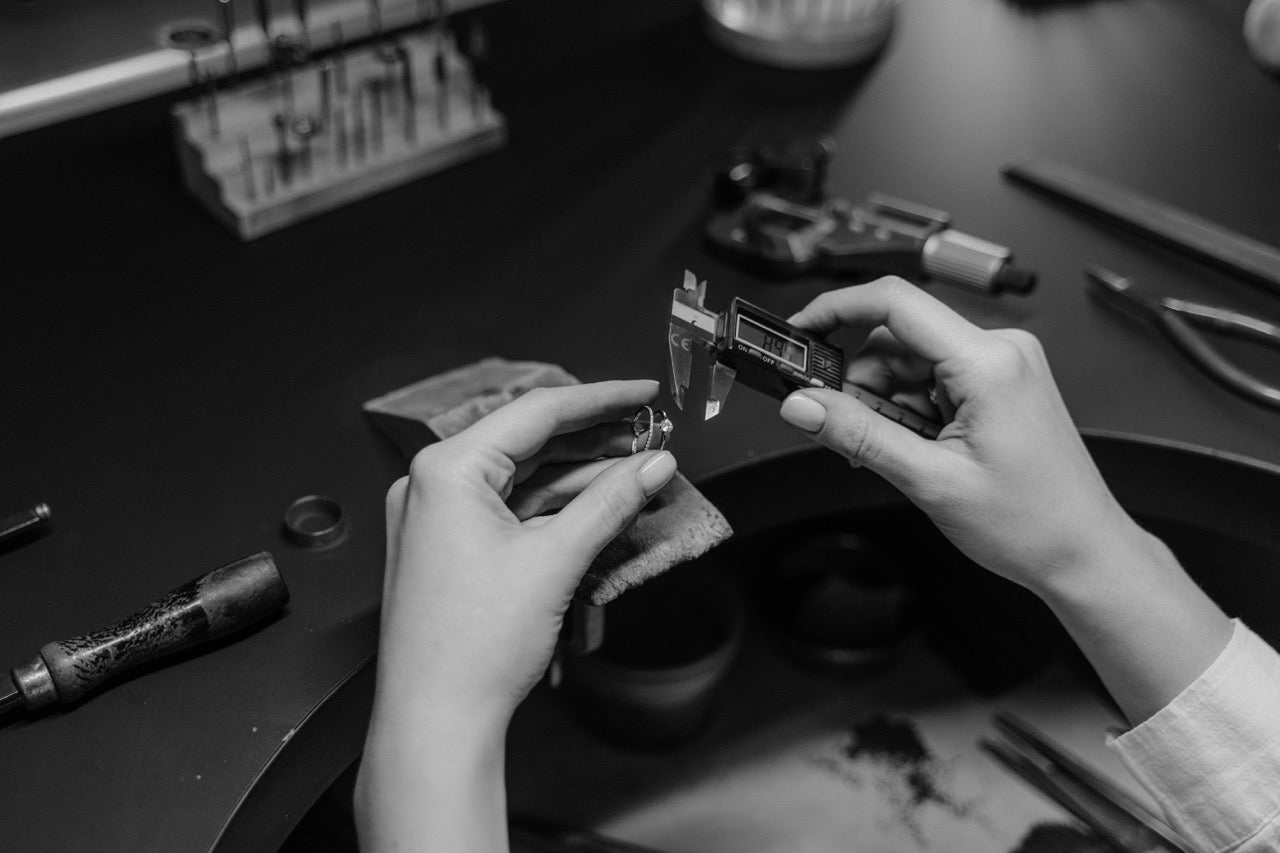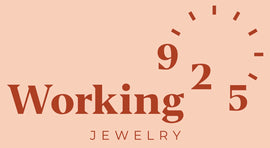Rings hold a special place in our hearts, often symbolizing love, commitment, and significant life events. However, finding the perfect fit can sometimes be a challenge due to variations in finger sizes and the unexpected changes our bodies go through. This is where ring resizing comes to the rescue! In this blog post, we will explore the fascinating world of ring resizing, from the techniques used to the factors to consider before resizing your precious jewelry.
Why Resize a Ring?
1. Lifestyle Changes:
Life events such as weight loss, pregnancy, or even climate changes can cause your fingers to change in size. Resizing ensures that your ring stays comfortable and secure.
2. Inheritance or Gift:
If you've received a ring as an inheritance or gift, it may not be the perfect fit. Resizing allows you to wear and cherish these sentimental pieces.
3. Vintage Finds:
Vintage and antique rings often come in non-standard sizes. Resizing can make them wearable for modern fingers without altering their historical value.
Ring Resizing Techniques:
1. Stretching or Compression:
For minor adjustments, a jeweler may use stretching or compression to make a ring slightly larger or smaller. This method is suitable for plain bands without gemstones.
2. Adding or Removing Metal:
To make a ring significantly larger or smaller, jewelers may need to add or remove metal from the shank. This technique can be used for most ring types.
3. Inserting Sizing Beads or Bars:
Sizing beads or bars are small pieces of metal inserted inside the ring's shank to reduce its size without altering the overall appearance.
4. Cutting and Soldering:
For dramatic size changes or intricate designs, the jeweler may need to cut the ring and add or remove sections before soldering it back together seamlessly.
Factors to Consider Before Resizing:
1. Material:
Different metals respond differently to resizing. While gold and platinum are easily resized, more brittle metals like titanium or tungsten may require special attention.
2. Gemstones:
Rings with gemstones may need extra care during resizing to avoid damage. Heat-sensitive stones like opals and emeralds require a jeweler experienced in working with such materials.
3. Engravings:
Engraved rings may lose some or all of their engravings during resizing, so discuss this with your jeweler beforehand.
4. Multiple Resizings:
Rings can typically be resized multiple times, but excessive resizing may weaken the metal and compromise the structural integrity.
Ring resizing is a skilled art that allows you to enjoy your cherished jewelry for a lifetime, adapting to your changing needs and preferences. Trusting a reputable and experienced jeweler is essential to ensure that your precious rings are resized with care and precision. With proper resizing, your rings can continue to symbolize the love, commitment, and memories they hold, perfectly fitting the moments they represent.
The Art of Ring Resizing: A Comprehensive Guide

